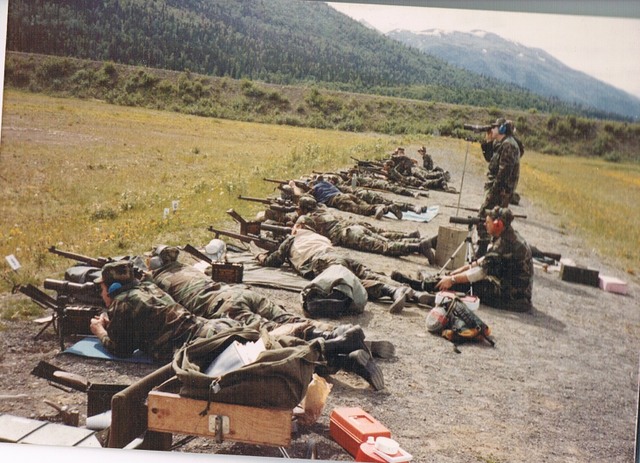I am going to vote for the germans, and the K98K they used in world war two since they were one of the few armies after world war one to continue its program for marksmen(snipers) while we americans fell behind and had to start all over again in world war two.
not true :Austro-Hung. army sniping was the consequence of the trench warfare; after WWI, the remains of Austro-Hungaric Empire's upper brasses have, or have been enforced to, discarded any sniping program, even putting for sale the former army's sniper equipement (optics)_ as the British Army under the Boer's fire, Germans learned again the value of that thank to Polish efforts, in 1939_ Being often the Waffen SS the spearhead of the invasion, were the same WSS to report heaviest casualties from Polish sniping fire_ Being that in the WSS the higher brasses in the field were FORWARD their soldiers, (oppositely than some others), the needing for some fast solution was immediately understood (!), remaining glasses procured or otherwise confiscated, etc.,and any related effort putted "privately" in motion_ (At the beginning, you can see some WSS soldier equipped with vintage scoped Gewehr '98s)_ The German Army was slower to activate himself, but in any way even their last and more evoluted K98k sniper rifle was only a WARTIME customization of their plain vanilla infantry carbine, and the 30 sniper's school's german facilities remains a WWII WAR event, when before the '39 their "sniping culture" was putted aside,if not forgotten, and other tactics preferred_
Last edited:



